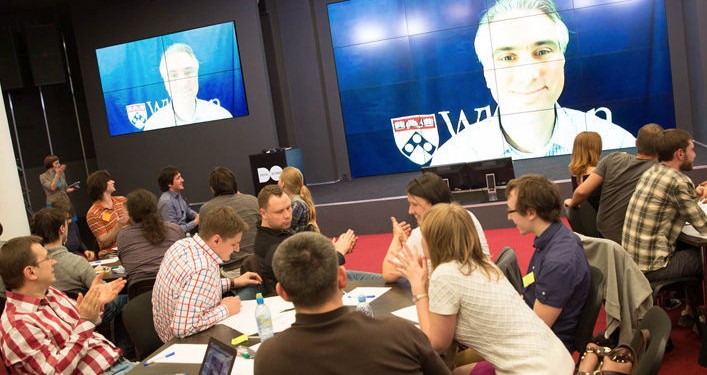Coursera, the largest platform supporting Massive Open Online Courses (MOOCs), has announced eight new partners in its blended learning programme, Learning Hubs, in seven distinct countries including China and the USA

The hubs were launched last year in order to provide physical spaces where students could access the internet to take Coursera courses and participate in interactive learning sessions with fellow students through local facilitators. Data proves this enhances the liklihood of course completion.
In order to increase access to educational content for students around the world, the US-based company has also launched a Global Translator Community.
“Students who may not have access to the internet at home can come to learning hubs to take Coursera courses”
“The Hub framework aims to improve the accessibility of and support for online education,” the company states on its website.
“Students who may not have access to the internet at home – common in places where affordable education is most needed – can come to learning hubs to take Coursera courses and can participate in interactive learning sessions with facilitators in their local area.”
The new partners include New York Public Library and Dominican University of California in the USA, Azusa Pacific University in South Africa, Bionic Hill in Ukraine, Brainstation in Canada, Guokr in China, Marconi University in Italy and the Slim Foundation in Mexico.
Since last year, a total of 17 partners, including the US Department of State, have collaborated with Coursera in the project. Statistics released by Coursera shows higher course completion rates of between 30%-to- 100% compared to the Coursera-wide average of 6.8%.
The most popular course subjects are entrepreneurship, STEM subjects, communications and teacher professional development.
And in a bid to increase access to its educational content, the company has launched the Global Translator Community that brings together volunteers and partner organisations to translate course content, mostly sub-titles for lecture videos.
“Volunteers and organisations are signing on to help us translate our course selection into the world’s diverse languages at a breakneck pace, ensuring that not even linguistic barriers hold anyone back from joining Coursera’s global community of learners,” explained the company.
Since launching in 2012, Coursera has grown to beyond the size of competing platforms Udacity and EdX combined. It supports 630 courses from 108 partner universities in 21 countries.
[Source:-The Pie News]
